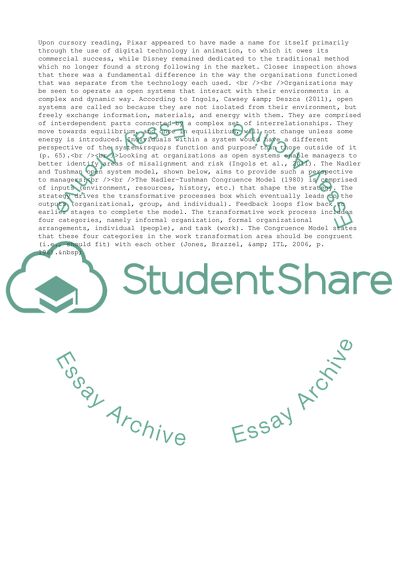Cite this document
(Managing Change: Pixar and Disney Assignment Example | Topics and Well Written Essays - 1500 words, n.d.)
Managing Change: Pixar and Disney Assignment Example | Topics and Well Written Essays - 1500 words. https://studentshare.org/management/1769007-managing-change-pixar-and-disney
Managing Change: Pixar and Disney Assignment Example | Topics and Well Written Essays - 1500 words. https://studentshare.org/management/1769007-managing-change-pixar-and-disney
(Managing Change: Pixar and Disney Assignment Example | Topics and Well Written Essays - 1500 Words)
Managing Change: Pixar and Disney Assignment Example | Topics and Well Written Essays - 1500 Words. https://studentshare.org/management/1769007-managing-change-pixar-and-disney.
Managing Change: Pixar and Disney Assignment Example | Topics and Well Written Essays - 1500 Words. https://studentshare.org/management/1769007-managing-change-pixar-and-disney.
“Managing Change: Pixar and Disney Assignment Example | Topics and Well Written Essays - 1500 Words”. https://studentshare.org/management/1769007-managing-change-pixar-and-disney.


